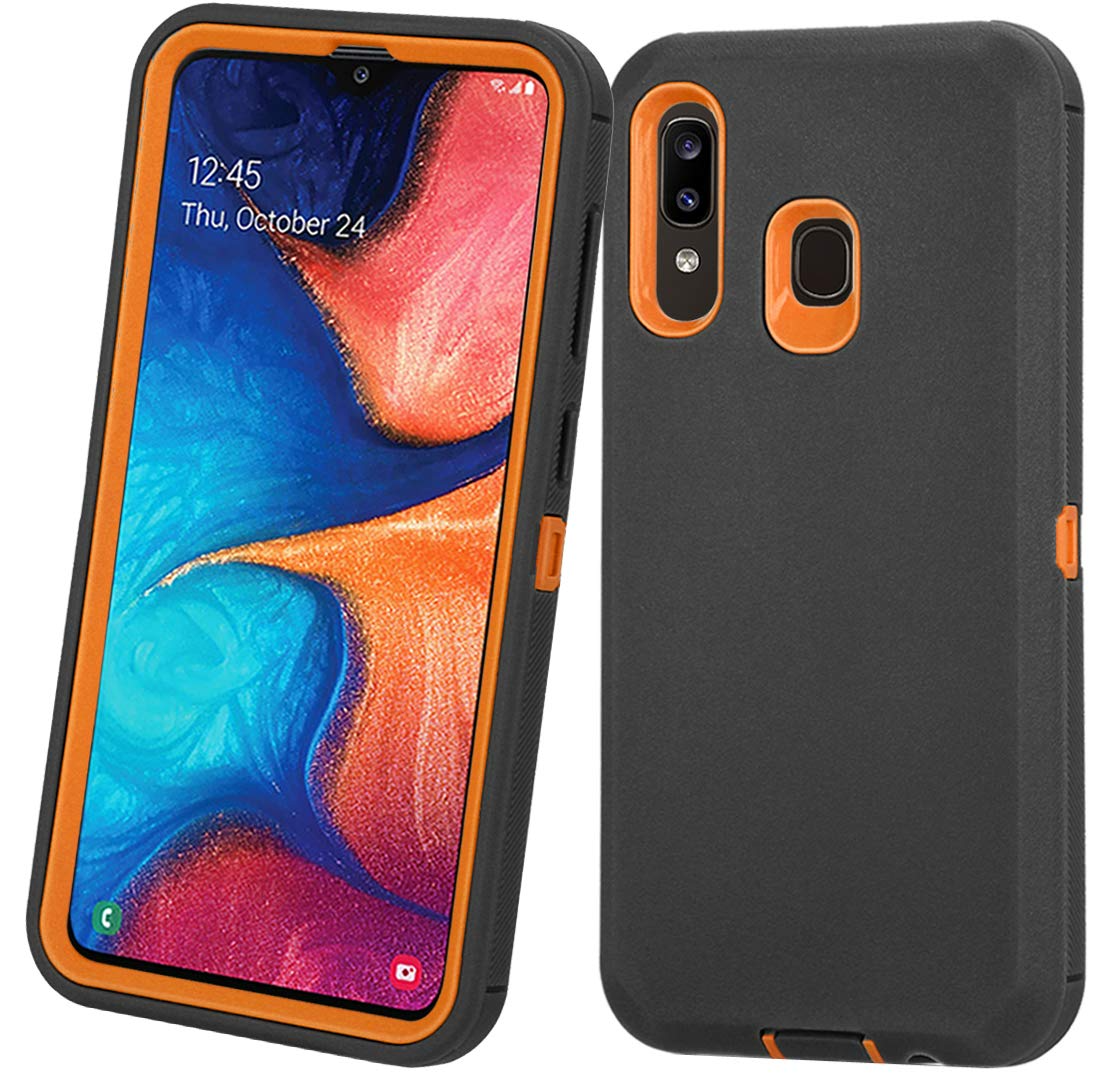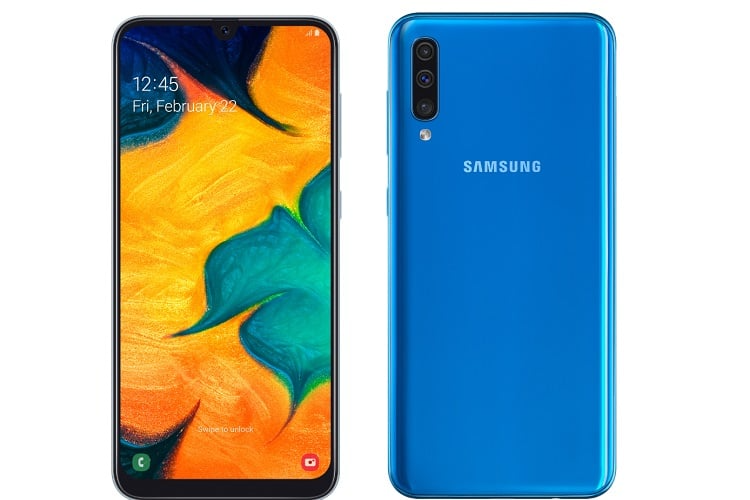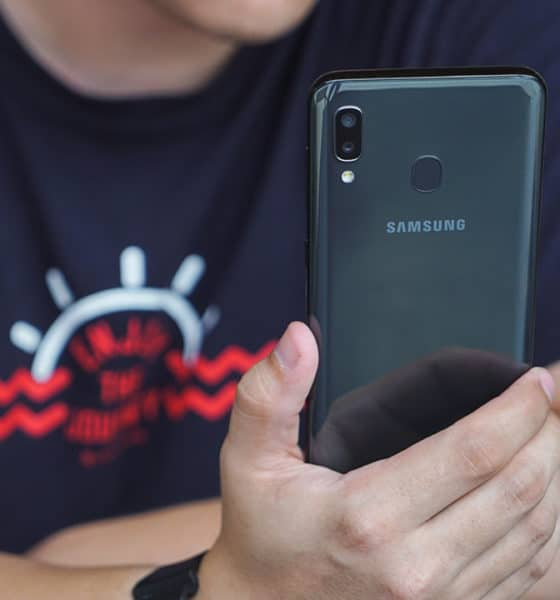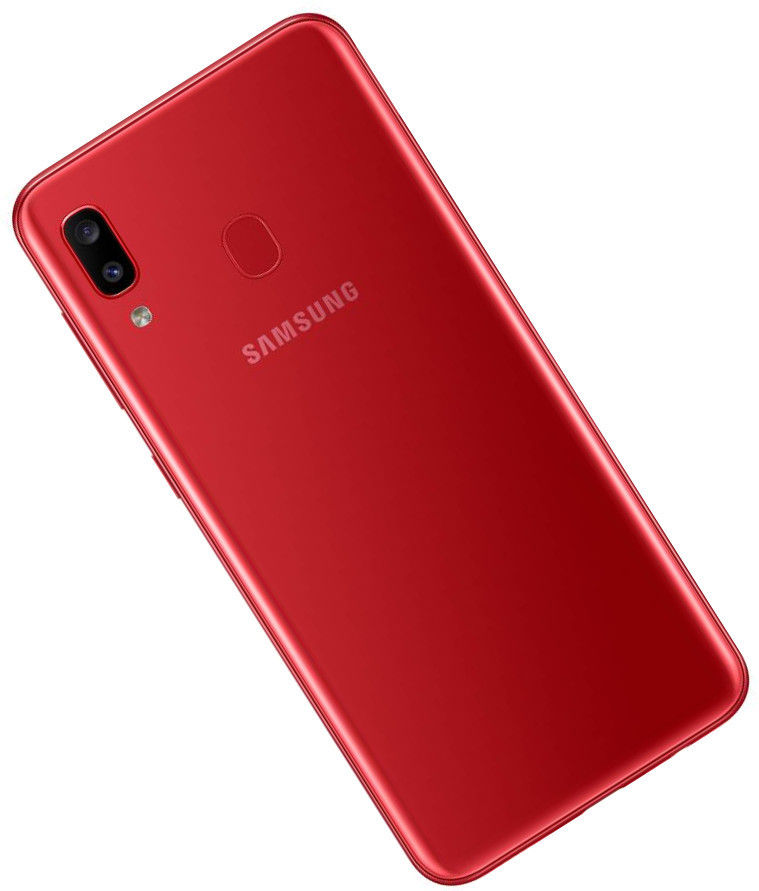Introduction to the Galaxy A20
Samsung has long been a powerhouse in the smartphone industry, offering devices that range from premium flagships to budget-friendly models. The Galaxy A20, a part of Samsung’s A-series, stands out as a great option for those seeking a balance between performance and affordability. Released in 2019, the Galaxy A20 has proven that budget smartphones do not have to compromise on essential features.
Samsung targets a wide array of users with the A20, from casual users to those needing a reliable secondary device. While it may not boast the high-end specifications found in Samsung’s flagship models, it offers solid performance, a decent camera setup, and commendable battery life. All of these features come packaged in an attractive design, making it an appealing choice for budget-conscious consumers.
Understanding the nuances of the Galaxy A20 will help prospective buyers make an informed decision. This guide aims to provide a comprehensive overview of the A20, covering its design, performance, camera capabilities, battery life, software features, and more.
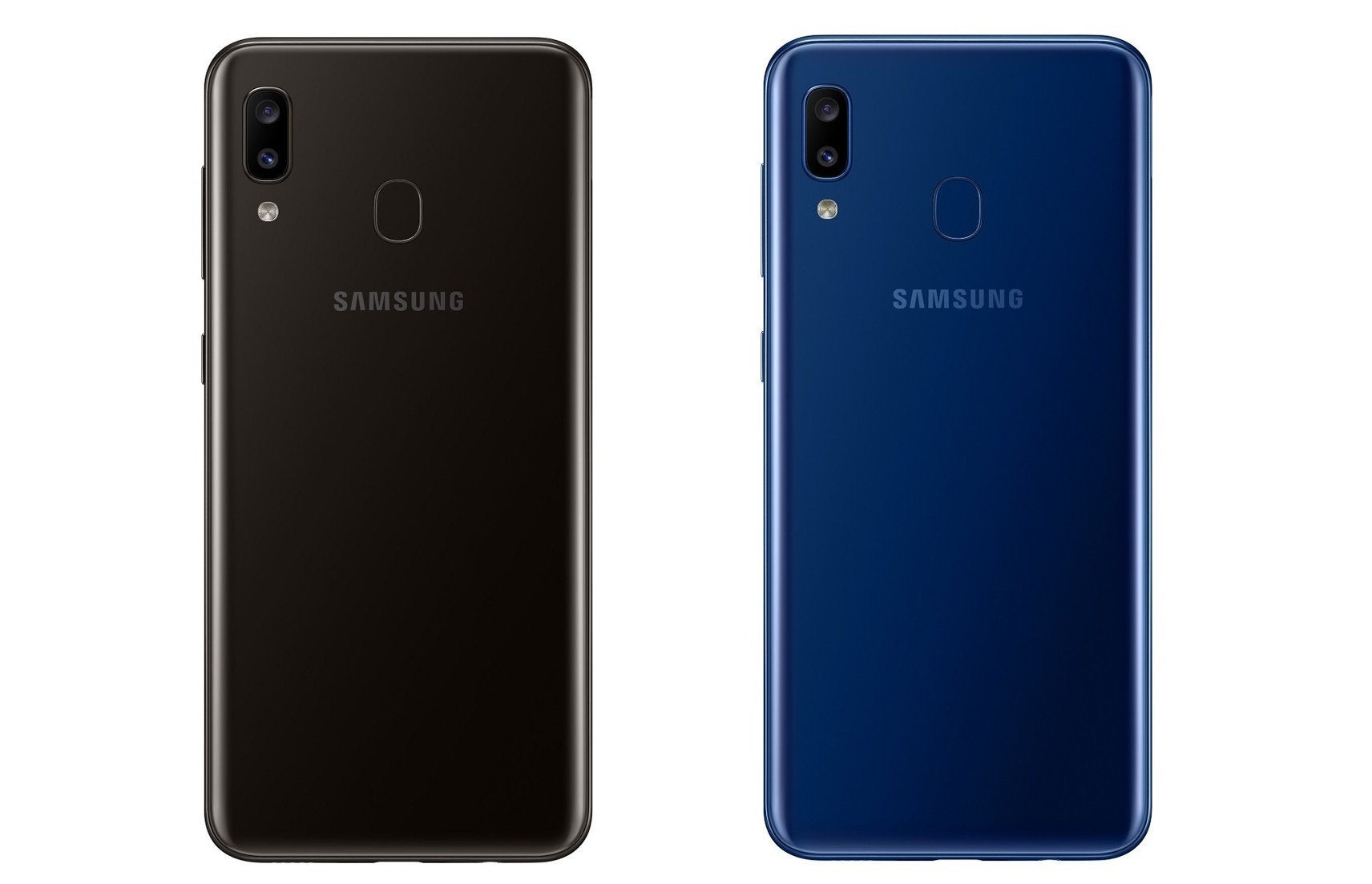
Design and Build Quality
The Galaxy A20 sports a sleek and modern design that belies its budget status. Samsung has done an excellent job in crafting a device that looks and feels more premium than its price tag suggests. The phone features a plastic back with a glossy finish, which surprisingly doesn’t look cheap. While plastic may not offer the same durability as glass or metal, it makes the phone lighter and less prone to shattering.
The device measures 158.4 x 74.7 x 7.8 mm and weighs 169 grams, making it easy to handle and use one-handed. The ergonomic design ensures that the phone fits comfortably in your hand, with all buttons—volume and power—conveniently accessible on the right side. The back of the phone houses a fingerprint scanner, which is responsive and well-placed for easy access.
One of the standout features of the Galaxy A20 is its 6.4-inch Super AMOLED display, which offers vibrant colors and deep blacks. The screen has a resolution of 720 x 1560 pixels, resulting in a pixel density of approximately 268 PPI. While this may not be as sharp as Full HD displays, the AMOLED technology ensures that colors are rich and contrast levels are excellent. The Infinity-V notch at the top houses the front camera, adding to the device’s modern look.
The phone includes a USB-C port for charging and data transfer, a feature not always found in budget smartphones. The inclusion of this port shows Samsung’s commitment to offering modern amenities even in their lower-priced models. Additionally, the 3.5mm headphone jack remains intact, catering to users who prefer wired headphones.
Performance and Hardware
Under the hood, the Galaxy A20 is powered by the Exynos 7884 octa-core processor, paired with 3GB of RAM. While this combination is not groundbreaking, it adequately handles day-to-day tasks such as web browsing, social media, and light gaming. The Exynos 7884 offers a balanced performance, ensuring that the phone operates smoothly for general use.
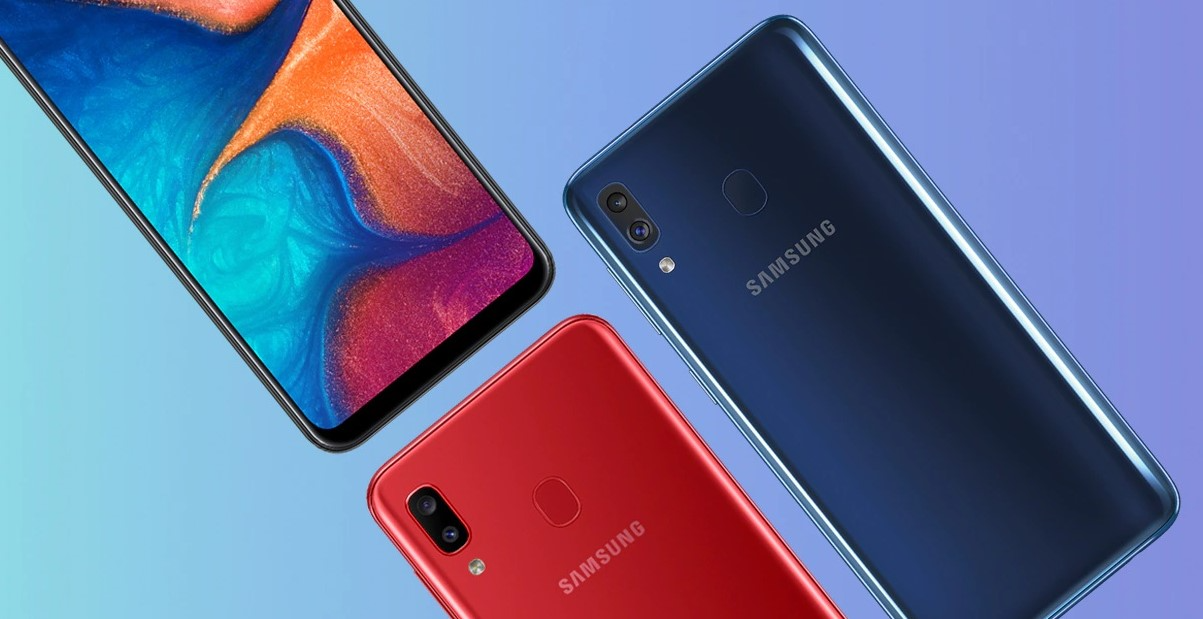
The device comes with 32GB of internal storage, which may seem limiting at first glance. However, it supports microSD cards of up to 512GB, providing ample space for all your photos, videos, and apps. This expandability feature is a significant plus for users who need more storage without investing in a higher-tier model.
Graphics performance is managed by the Mali-G71 MP2 GPU.
While it may not handle the latest high-end games at maximum settings, it is competent enough for casual gaming. Games like PUBG Mobile and Asphalt 9 can be played at lower settings without significant issues. Multitasking is relatively smooth, thanks to the 3GB RAM, although heavy multitaskers might experience occasional slowdowns.
The Galaxy A20 runs on Samsung’s One UI, which is based on Android 9 Pie. The interface is clean, user-friendly, and comes with various customization options. Samsung has included a suite of useful features, such as a night mode, digital wellbeing tools, and a variety of gesture controls. One UI ensures that even budget devices like the A20 offer a pleasant software experience.
Camera Setup and Performance
The camera setup on the Galaxy A20 is one of its more compelling features.
The device sports a dual-camera system on the rear, consisting of a 13MP primary sensor with an f/1.9 aperture and a 5MP ultra-wide sensor with a 123-degree field of view. This combination allows for versatility in shooting, from standard photography to capturing broader landscapes and group shots.
The primary 13MP camera excels in well-lit conditions, producing sharp and vibrant images. The f/1.9 aperture allows for good low-light performance, although noise is more noticeable as lighting conditions worsen. The ultra-wide sensor is a welcome addition, enabling users to capture more of the scene without having to step back. While the ultra-wide shots are not as sharp as those from the primary sensor, they are still quite usable for social media and casual photography.
The front-facing camera features an 8MP sensor with an f/2.0 aperture, which is capable of capturing clear and detailed selfies. The front camera also supports various modes and features such as Live Focus, which blurs the background for better portrait shots. The selfie camera performs admirably in good lighting conditions but struggles in low light, similar to the rear cameras.
Video recording on the Galaxy A20 maxes out at 1080p at 30fps.
The video quality is decent, with good color reproduction and adequate stabilization for casual shooting. While it may not rival higher-end smartphones in terms of video capabilities, it is more than sufficient for capturing everyday moments and sharing on social media platforms.
Battery Life and Charging
One of the standout features of the Galaxy A20 is its impressive battery life.
The phone is equipped with a 4,000mAh battery, which comfortably lasts a full day of moderate to heavy usage. Whether you’re browsing the web, streaming videos, or playing games, the A20’s battery life will not disappoint. The efficiency of the Exynos 7884 processor, combined with the power management features of One UI, ensures optimal battery performance.
In terms of charging, the Galaxy A20 supports 15W fast charging, which is a welcome feature in a budget smartphone. The device can be charged from 0 to 100% in about two hours, making it convenient for users who are always on the go. The inclusion of a USB-C port also ensures faster data transfer speeds, simplifying the process of backing up files and syncing with other devices.
Battery management features within One UI allow users to optimize their usage further. The device includes power-saving modes, which can extend battery life significantly by limiting background processes and reducing performance. These modes are handy when you need your phone to last longer than usual, such as during travel or long days out.
The Galaxy A20’s battery performance makes it an excellent choice for users who prioritize long-lasting power. Whether you’re a heavy user or someone who simply wants a reliable phone that won’t die halfway through the day, the A20’s battery life is sure to impress.
Software and User Experience
The Galaxy A20 runs on Samsung’s One UI, which significantly enhances the user experience. Based on Android 9 Pie, One UI is designed to simplify smartphone use, making it more intuitive and visually appealing. The interface is clean, with rounded icons and smooth animations that contribute to a polished look and feel.
One of the strengths of One UI is its focus on usability.
Features like night mode help reduce eye strain and make the interface more comfortable to use in low-light conditions. Digital wellbeing tools allow users to monitor their smartphone usage, promoting a healthier relationship with technology. The inclusion of gesture controls offers an alternative navigation option, making it easier to operate the phone with one hand.
Samsung has also included several useful apps and features.
Samsung Health helps you track your fitness goals, while Samsung Pay enables convenient digital payments. While some users may find the additional apps a bit overwhelming, they offer valuable functionality and can be easily managed or uninstalled if not needed.
Security features on the Galaxy A20 are robust.
The device offers multiple unlock options, including a responsive rear-mounted fingerprint scanner and facial recognition. These options ensure that your data remains secure while providing quick and convenient access to your phone.
Software updates and support remain a crucial aspect of the user experience.
The Galaxy A20 receives regular security updates and software patches from Samsung, ensuring that the device remains secure and up-to-date with the latest features and improvements. While it may not receive updates as frequently as flagship models, Samsung’s commitment to software support is commendable.
Connectivity and Additional Features
The Galaxy A20 offers a robust set of connectivity options, making it a versatile device for everyday use. The phone supports 4G LTE networks, ensuring fast and reliable internet connectivity. It also includes Wi-Fi 802.11 b/g/n, Bluetooth 5.0, and GPS for seamless wireless connections and accurate location services.
The device supports dual-SIM functionality, which is particularly useful for users who want to separate work and personal numbers or those who travel frequently. This feature allows for easy management of multiple SIM cards, offering the flexibility to switch between different carriers or plans as needed.
The inclusion of a 3.5mm headphone jack is a nod to traditional users who prefer wired headphones. While many manufacturers have moved towards eliminating the headphone jack, Samsung has retained this feature in the A20, catering to a broader audience. The phone’s audio quality is satisfactory for both calls and media consumption, ensuring a good overall experience.
Storage expandability is another significant advantage of the Galaxy A20.
The device supports microSD cards of up to 512GB, providing ample space for all your digital content. This flexibility ensures that storage limitations do not hinder your multimedia needs, whether for photography, music, or apps.
Conclusion
In conclusion, the Samsung Galaxy A20 is an impressive budget smartphone that offers excellent value for money. Its design, performance, and feature set make it a compelling option for users seeking a reliable and affordable device. While it may not rival flagship models in terms of specifications, it delivers a balanced performance that meets the needs of everyday users. The Galaxy A20 stands as a testament to Samsung’s ability to create high-quality devices across various price points, ensuring that there is something for everyone in their lineup.
